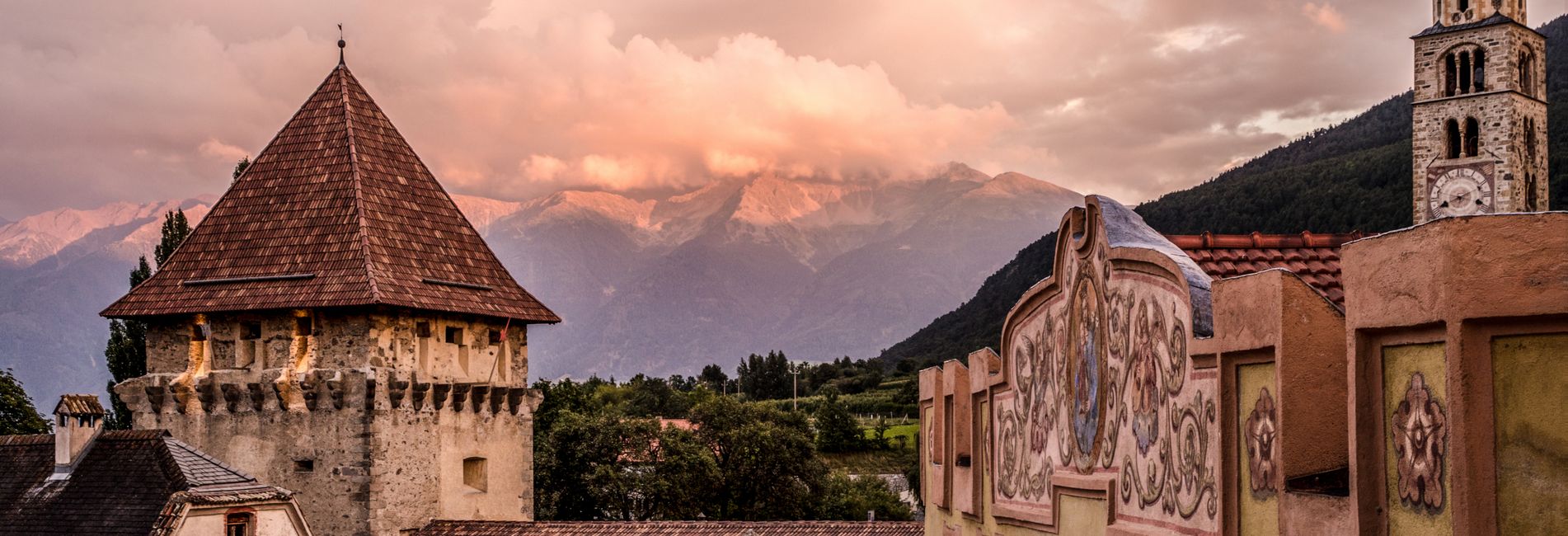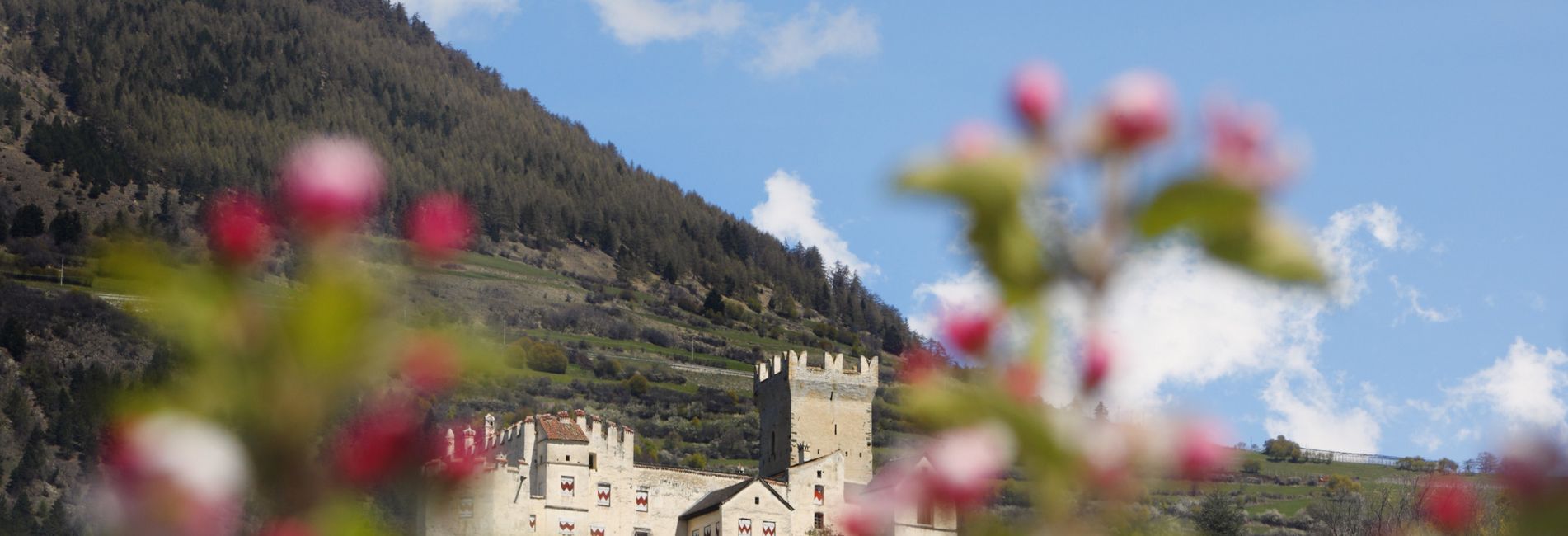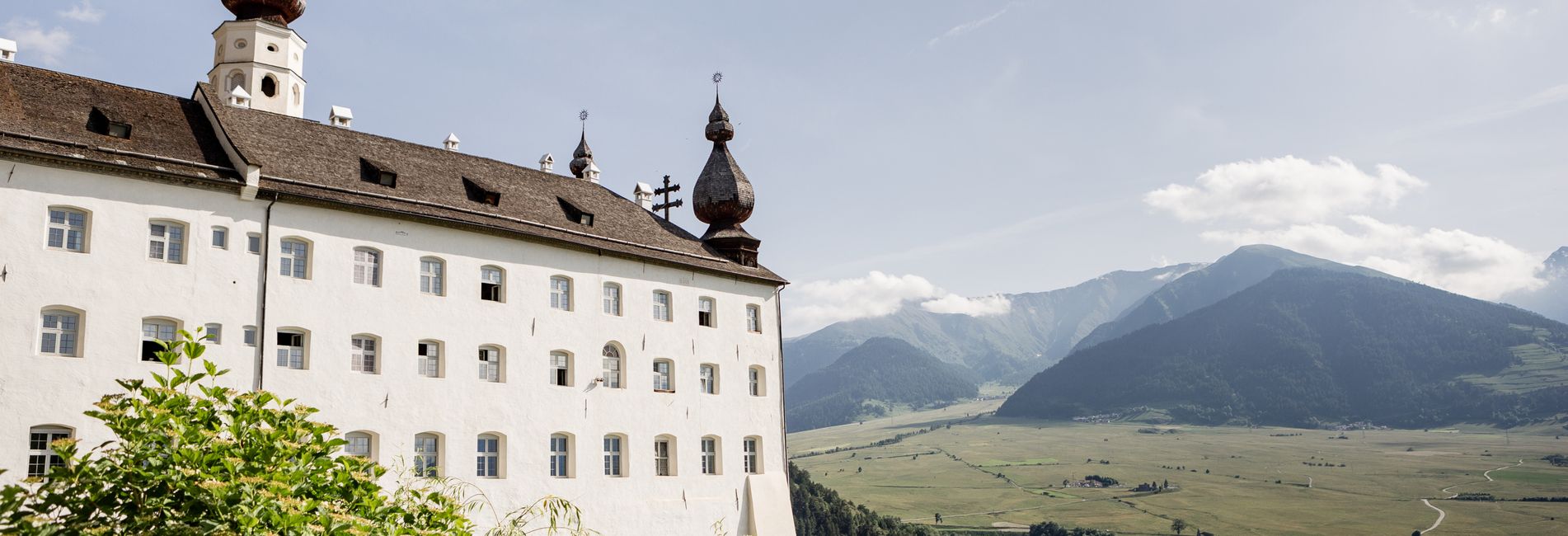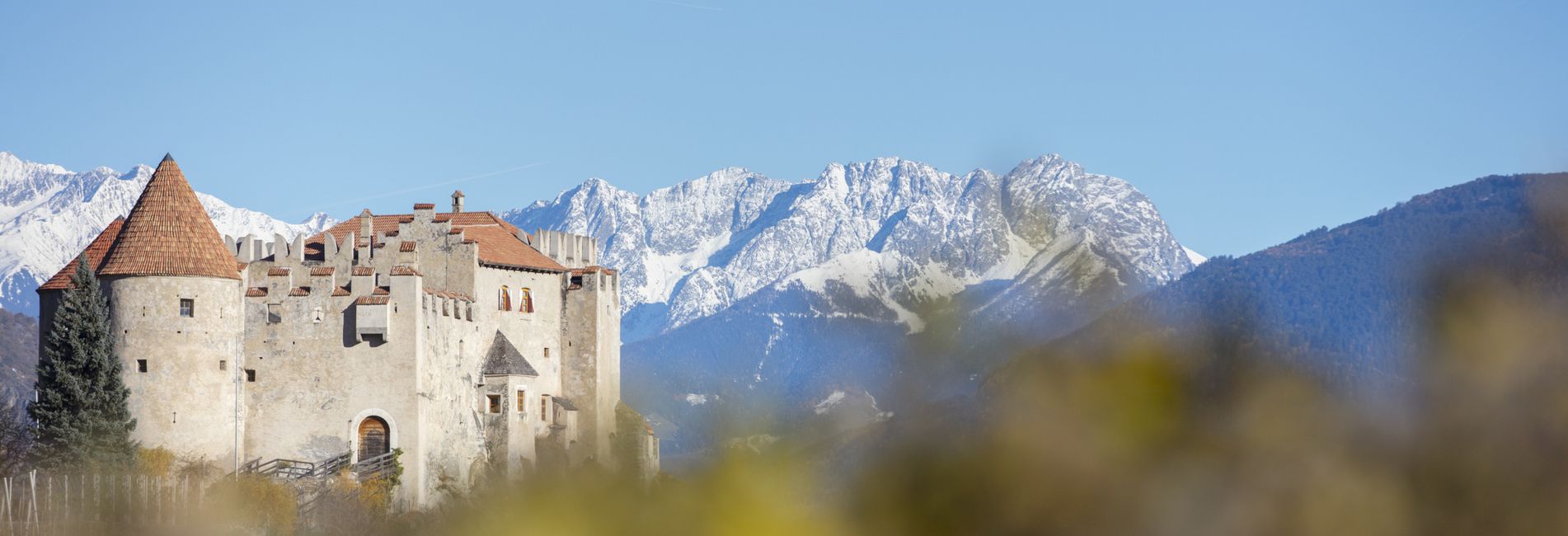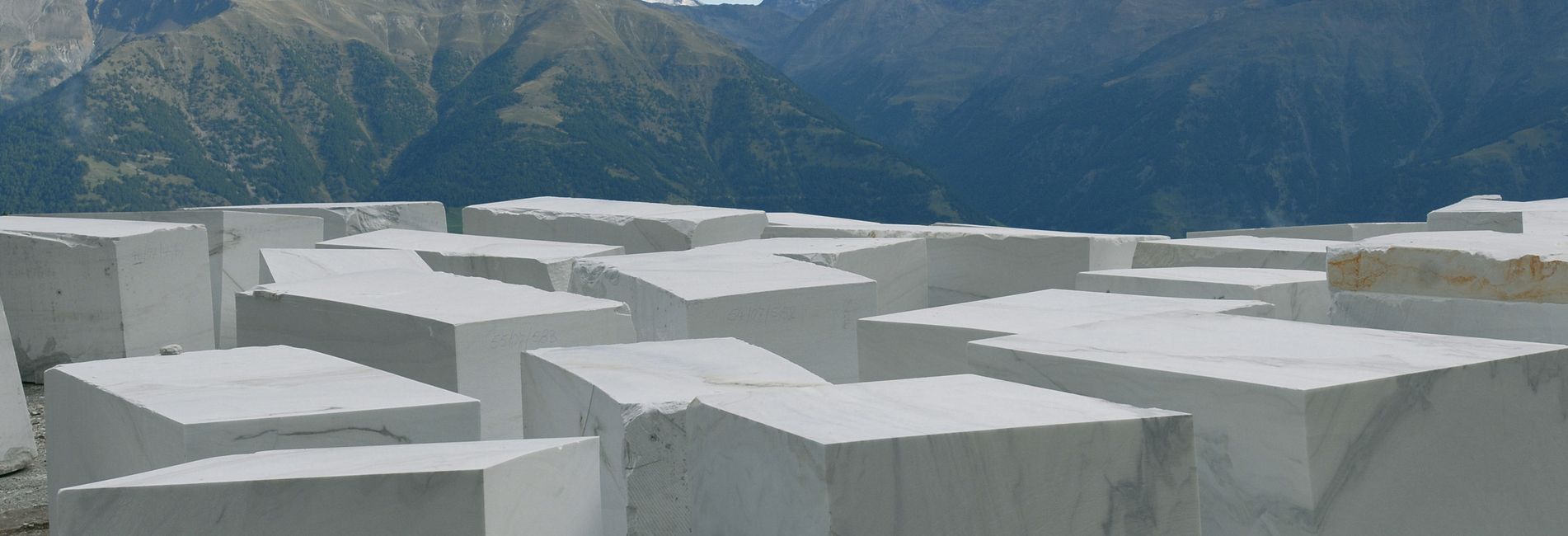Surrounding
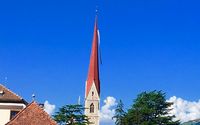
St. Mary’s parish church in Silandro features South Tyrol’s highest steeple (97 metres). In 1759 Josef Adam Mölk turned the Gothic parich church with its three naves into a majestic, single space with frescos portraying the life of Mary and several bible characters.
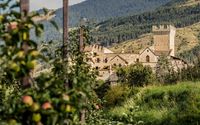
Coira Castle in Sluderno/Schluderns was erected during the 13th Century and developed by Count Trapp during the 16th Century to become one of the most beautiful Renaissance residences in South Tyrol. Today, it is one of the best-preserved castles in the area. It’s worth seeing the largest armor exhibition in Europe, as well as the Nicolas Chapel with its cross vaults.
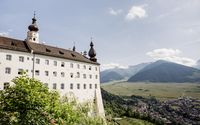
Marienberg Abbey above Burgusio/Burgeis dates back to the 12th Century. The highest located Benedictine abbey in Europe is situated at an altitude of 1,340 m a.s.l., since 900 years monks live here according to the rules of Saint Benedict of Nursia. Today, the main hall displays impressions about the daily life of the monks marked by Benedict's credo ora et labora. The exhibition displays also beautiful paintings such as the Romanesque Crypt frescoe with its unique depiction of angels.
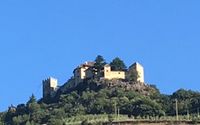
Juval Castle was built in 1278 on behalf of Hugo von Montalbanon, it is located on a huge hill. From 1983 on, it has been the home of Reinhold Messner, who has incorporated several art collections: an extensive Tibetan collection, a mountain photo gallery, plus a mask collection from four continents etc.
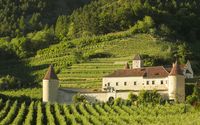
Coldrano Castle dates back to the 11th Century and was originally a Romanesque fortress.
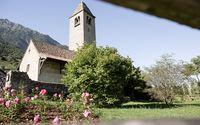
The small St. Prokulus Church above Naturno/Naturns is one of the most famous architectural monuments in Venosta Valles. The early Christian church contains a cycle of pre-Carolingian murals from the 7th century A.D., they are considered to be the oldest still existing frescoes in the entire Central Europe.
Near the site of the sensational discovery of the oldest frozen mummy ever found, the 5,300-year-old Iceman called Ötzi after the Ötztal area, the Archeoparc Schnals Valley was built. In this unique interactive museum it is possible to relive the past and get a closer look at how Ötzi and his contemporaries lived in the Neolithic times. The Archeopark lies about half an hour’s drive from Merano and has a rich assortment of finds and exhibits – whether you prefer a scientific or a more practical approach, you will be satisfied, because the first interactive museum of South Tyrol offers an informative museum as well as an out door area with a large activity programme.
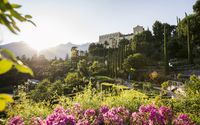
The botanic garden of Trauttmansdorff Castle in Merano truly deserves the quality mark most beautiful gardens in the world. In fact, on 19th March 2013, the Gardens of Trauttmansdorff Castle received the coveted International Garden of the Year Award 2013 at the Garden Tourism Conference in Toronto, Canada. Named Italy’s Most Beautiful Garden in 2005 and Europe’s No. 6 Garden in 2006, the Gardens of Trauttmansdorff Castle have now been elevated to the ranks of the world’s most illustrious gardens and parks.
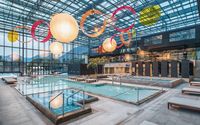
Though the treatments offered still include radon-containing mineral water (radon spa), the Merano Thermal Baths of today do not have much in common with the traditional health resort of the past. An impressive oasis of well-being has been created in the heart of the city. A transparent cube of glass and steel with warmly accented wooden elements, arches above the thirteen indoor pools. In the 50.000 sq. meter park belonging to the thermal baths, thirteen open-air swimming pools have been added. The overall effect offers pure relaxation in the midst of nature.
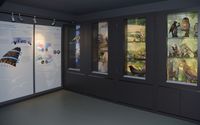
The National Park visitor center avimundus in Silandro is entirely devoted to the bird kingdom of the Stelvio Pass. A permanent exhibition offers visitors an overview of the world of birds in the National Park, and selected bird species are clearly presented and assigned to their respective habitats. Visitors are given extensive information about the breeding and rearing, and on bird voices and their songs.
Our offers


11.10 - 31.10.2026





11.10 - 07.11.2026




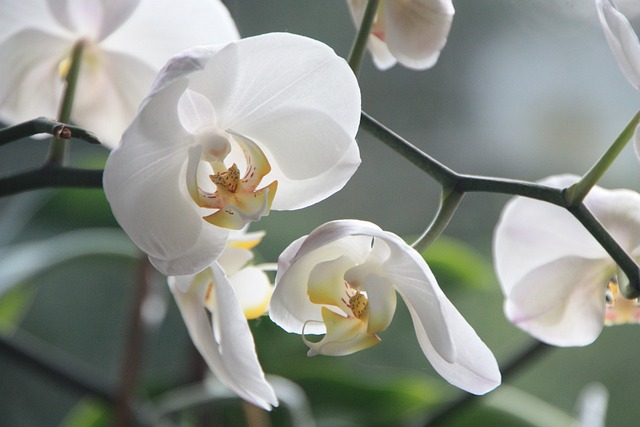

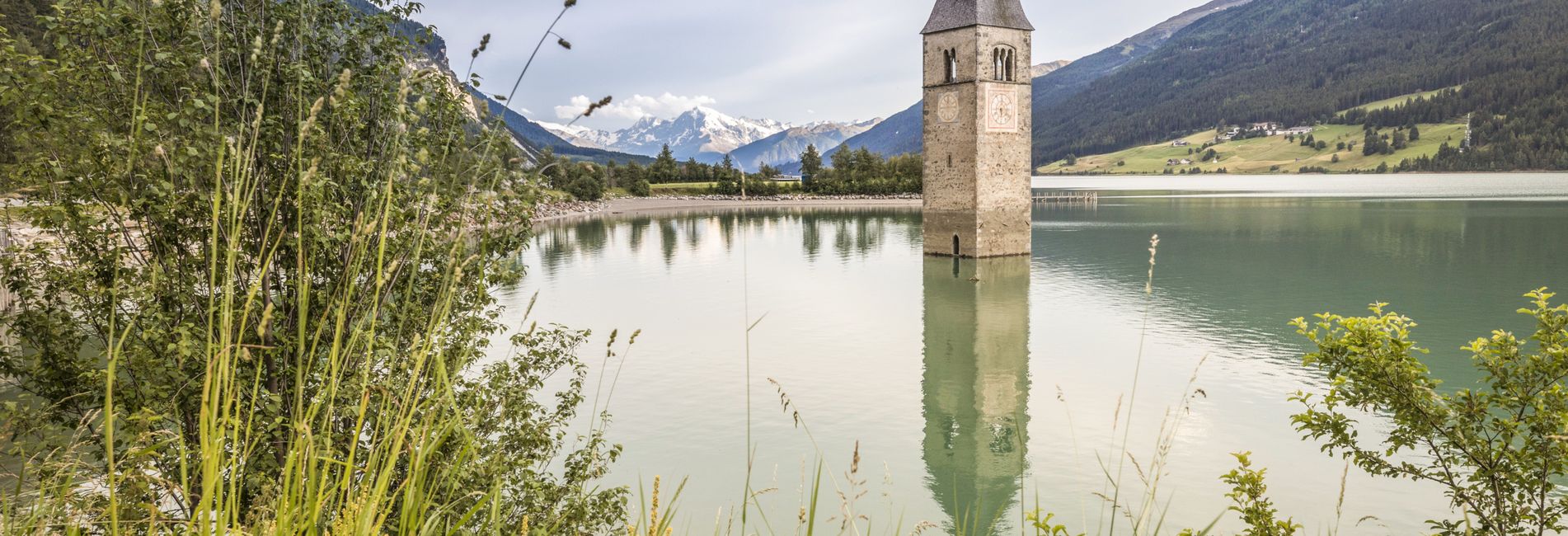
![[Translate to englisch:] [Translate to englisch:]](/fileadmin/_processed_/6/6/csm_alexmoling_idm_borghi_glurns-112_04ca2d651e.jpg)
![[Translate to englisch:] [Translate to englisch:]](/fileadmin/_processed_/3/a/csm_idm_alex_filz_8933664a11.jpg)
